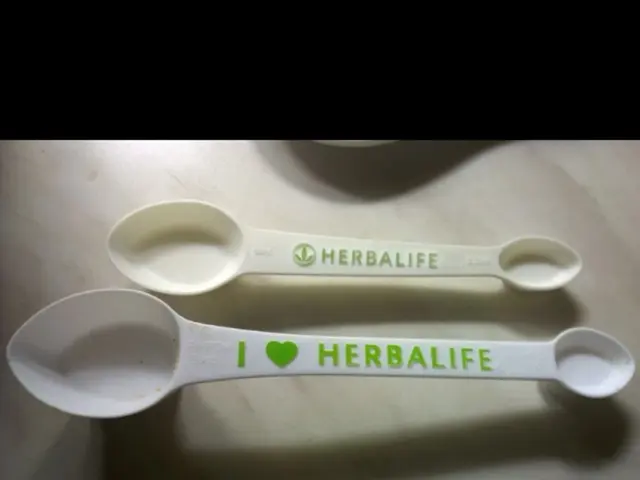Revealed: Products Said to Provide Defense Against COVID-19
Fresh Take: The Sunshine Vitamin's Impact on COVID-19
It seems the "sunshine vitamin" might just be a game changer in the fight against COVID-19, according to recent findings. As reported by Almaty.tv, based on research published by mk.ru, people with sufficient vitamin D levels have a whopping 52% reduced risk of perishing from the virus compared to those deficient.
The daily doses of the immune system-boosting, inflammation-fighting nutrient may indeed be a powerful tool in our battle against the coronavirus. This assumption is supported by British media outlet Daily Mail, highlighting the essential role vitamin D plays.
Researchers have found that the same populations hit hardest by COVID-19 – the elderly and people of color – are also more likely to be deficient in this vital nutrient. Although this doesn't prove a causal link, it sparked the idea that vitamin D could be a key factor in determining who contracts COVID-19, becomes seriously ill, or is spared completely.
In a previous study led by Dr. Michael Holick of Boston University, people with sufficient vitamin D levels were found to be 54% less likely to contract the coronavirus. More recently, his team found that those with inadequate levels are far more likely to suffer severe complications – sepsis, intubation, or death – upon contracting the virus.
Considering that vitamin D deficiency is common amongst people with conditions that raise coronavirus risk, we can't pinpoint exactly how many lives could be saved if everyone maintained a healthy vitamin D level. In the United States, nearly 42% of the population falls into the deficient category.
Dr. Holick indisputably states, "This study offers direct evidence that sufficient vitamin D levels can decrease complications, including a cytokine storm and, ultimately, death from COVID-19."
In the study, the team collected blood samples from 235 COVID-19 patients admitted to Tehran hospitals. An alarming 67% of them had vitamin D levels below 30 ng/mL, a threshold generally considered sufficient.
Amongst those aged 30 to 90 in the study, 74% developed severe COVID-19. However, the rate was significantly lower among those with sufficient vitamin D levels, at around 64%. Strikingly, all patients under 40 years old survived the virus, whereas 16.3% of those over 40 ultimately succumbed to the virus. Moreover, the death rate was substantially lower among those with sufficient vitamin D levels (9.7%) compared to those with low levels (20%).
People with especially high vitamin D levels – 40 ng/mL – experienced the lowest risk of death, with only 6.3% passing away.
Sunlight is nature's supplier of vitamin D, with the vitamin produced by our skin upon exposure to ultraviolet light. Darker skin, however, contains more melanin, impeding the skin's ability to absorb ultraviolet light and produce vitamin D. This could explain the increased vulnerability of darker-skinned individuals to the virus.
To ensure adequate vitamin D intake, we can consume food sources such as fish (salmon, trout, cod, mackerel, sturgeon, swordfish, tuna, herring, sardines, and tilapia), mushrooms, milk and its alternatives, yogurt, hard-boiled eggs, pork, and fortified orange juice.
- Research indicates that people with sufficient vitamin D levels might experience areduced risk of severity and death from coronavirus by 52%.
- The immune system-boosting and inflammation-fighting nutrient, vitamin D, could potentially be a significant tool in our battle against the coronavirus.
- The same populations that are more likely to be deficient in vitamin D, such as the elderly and people of color, are also more susceptible to COVID-19.
- According to Dr. Michael Holick's research, people with sufficient vitamin D levels are less likely to contract COVID-19 by 54% and are also less likely to experience severe complications.
- In a recent study, 67% of COVID-19 patients had low vitamin D levels, and the death rate was substantially lower among those with sufficient vitamin D levels compared to those with low levels.






